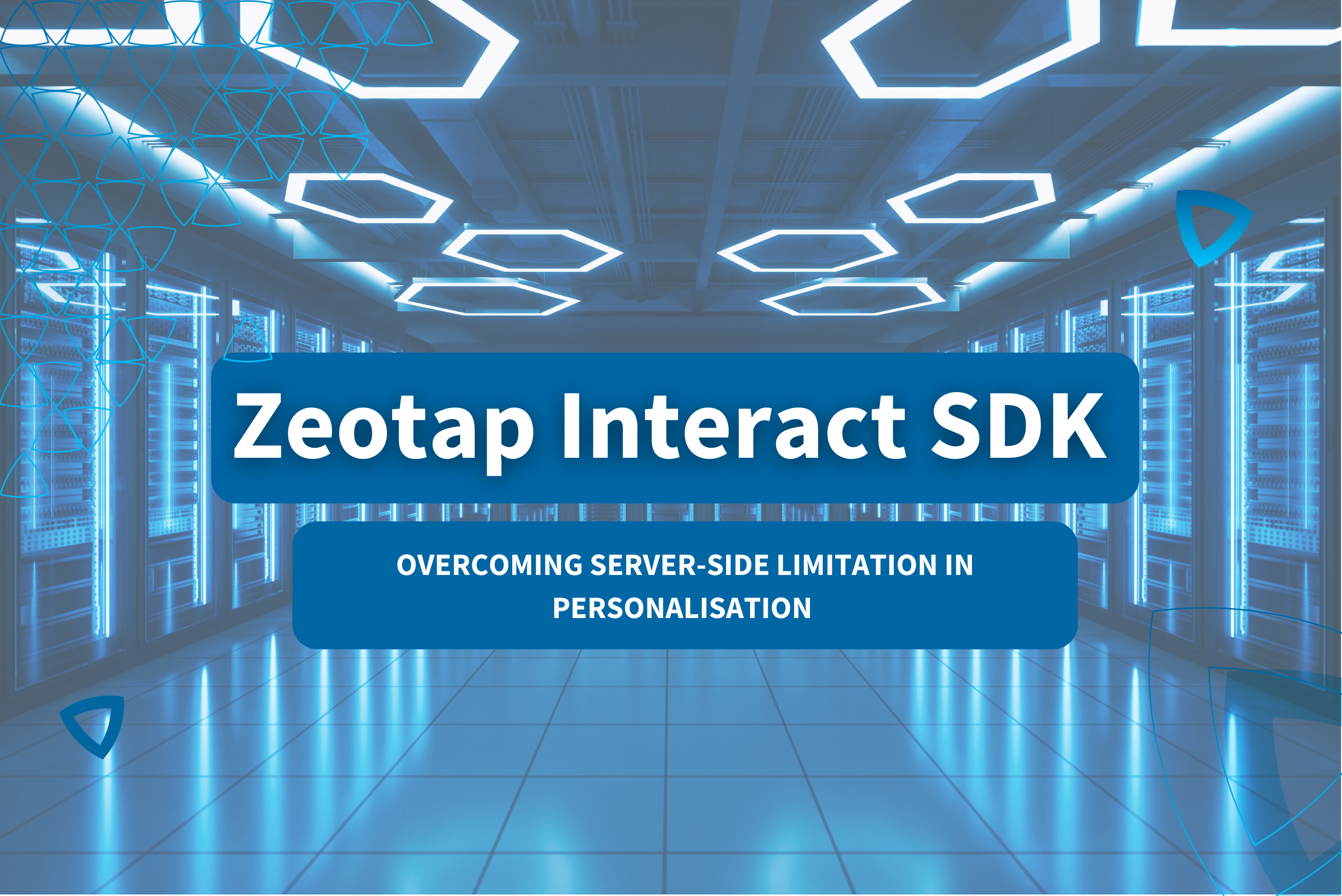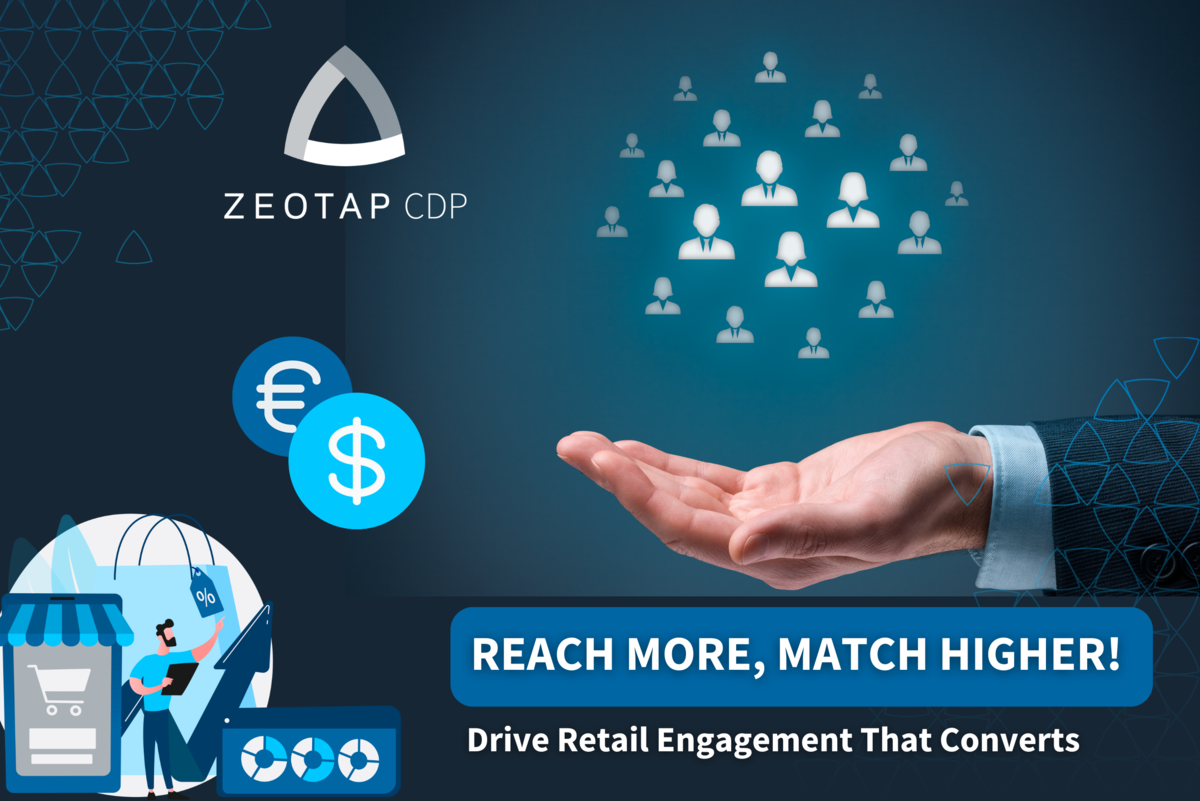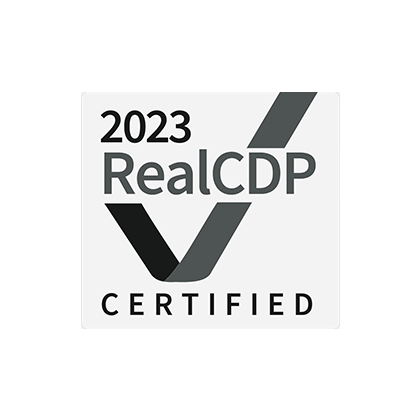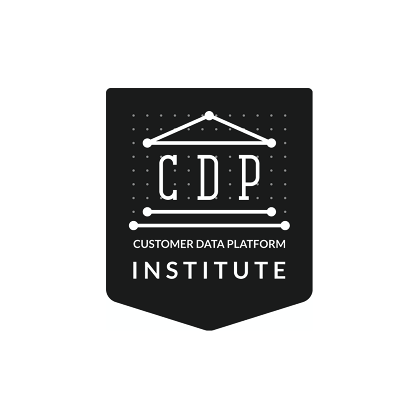A customer journey is a series of touchpoints that a customer has with your business. Touchpoints can vary from the time they search for you on Google to the time they use one of your products or services.
By identifying both on and offline customers touchpoints along the customer journey, you can then personalise a customer’s experience. This tailored approach leads to higher customer satisfaction and engagement, and ultimately improves conversion rates and customer loyalty.
In this blog post, we discuss how to identify and improve customer journey touchpoints in order to deliver an unforgettable customer experience.
What are customer journey touchpoints?
A customer touchpoint refers to any time that a customer comes into contact with an on or offline experience, service, or showcase related to your business along their customer journey.
A common example of a customer journey with multiple touchpoints is that of an airline. While booking a flight for a holiday, a customer interacts numerous times with a business in a multitude of ways. For example, they go to the airline’s website to book the ticket via their laptop, check-in via an app on their phone, liaise with ground staff at the airport, enjoy service on the flight and watch in-flight entertainment.
At each point of this journey, the customer’s initial perceptions—formed from their first touchpoint with the business—are either being modified or reinforced. A customer, disinterested in a particular business, may well enjoy their experience so much that they end up becoming a loyal business ambassador. Similarly, a bad customer journey can go south.
Customer touchpoints form part of the complete end to end journey. From seeing the initial online advertisement to dealing with a sales rep, to making phone calls and complaining to a customer support team, it’s the entire journey.
Why are customer journey touchpoints important?
Customer journey touchpoints are important because they influence the customer’s buying decision as well as any business referrals (such as through positive word of mouth).
So, when optimised correctly, customer touchpoints can be a powerful tool capable of engaging current customers, reaching new ones and influencing purchasing decisions.
Creating rewarding customer experiences with personalised touchpoints along the user journey is easier said than done.
Businesses, unfortunately, do not have access to large enough data pools and therefore much of the customers’ journey along the businesses touchpoints remains unknown. The better a business can engage its customer through personalised touchpoints, the higher its ROI will become.
This is where the next generation of Customer Data Platforms (CDPs) can help. These are capable of creating customer segments that then allows businesses to hold relevant conversations with the right customers, across multiple channels. This personalised communication in turn makes the customer feel understood and valued, enhancing the experience the customer has with the business and cultivating customer loyalty.
Customer Journey Touchpoint Examples
As we defined earlier, customer touchpoints are the moments in which a customer will come into contact, interact or engage with a business. These moments of interaction can come before a purchase, during the purchasing experience, after purchasing, and when using the product or service.
Commonly they’re split into three areas: Pre-purchase, purchase, and post-purchase.
Pre-purchase touchpoints
Pre-purchase touchpoints refer to the touchpoints a customer will experience before engaging with the business itself. Pre-purchase touchpoints can be harder to translate into data because some pre-purchase touchpoints will be impossible to capture, such as word-of-mouth marketing.
Pre-purchase touchpoints commonly take the form of:
- Social media marketing
- Display advertising (promoted on other websites)
- Word-of-mouth referrals
- Reviews
- User-generated content
- Forms of paid media, such as online, TV and print advertisements
- Content sponsorships
- Out-of-Home (OOH) marketing
Purchase touchpoints
Purchase touchpoints are the most crucial touchpoints in the customer journey because they define the interactions the customer has with a business while they are purchasing the product or service.
Previously, this touchpoint would have been confined to brick and mortar stores, but now these purchase touchpoints can span a number of different locations including websites, apps and social networking sites.
Common purchase touchpoints now include:
- The business website
- Social networking sites that feature shopping capabilities
- Live chat
- Sales teams
- Customer service teams
- Physical locations
- Events like pop-up shops or shows
- Distributor, retailer or supplier channels
Purchase touchpoints must be optimised to ensure that the experience a customer has at this point in the journey is positive, consistent and relevant. This increases the chance of a customer becoming a repeat customer and referring the business to their network.
Post-purchase touchpoints
Post-purchase touchpoints refer to the touchpoints a customer will come into contact with after they have made a purchase. This includes things like the product packaging, any marketing materials and the product or service itself.
Businesses can be guilty of overlooking post-purchase touchpoints, which can then have negative effects on potential returning customers or repeat purchases.
Examples of post-purchase touchpoints are:
- Customer satisfaction or experience surveys
- Referrals
- Reviews
- Social media platforms
- Email marketing and communications (i.e shipping updates)
- Newsletters
- Customer service outlets
- Loyalty programs
- Billing
Mapping Your Customer Journey Touchpoints
Customer journey mapping is a process in which marketers map out the potential journey a customer will take as they interact with various business touchpoints.
These journeys are not always linear, which is why the mapping process can be expansive, but they should still be able to display a path from the first to the final touchpoint.
It’s important to consider every touch point you can think of. From digital channels, point of sale, sales team or company app. Any possible way customers interact with your business.
The following steps can help with creating a customer journey map:
1. Map out the journey from A to B
Creating customer personas helps to ensure that every aspect of the journey map is directed toward your ideal customer. Customer personas encompass all the demographics and psychographics which represent the average customer and are useful when deciding upon objectives for the map such as deciding the map’s goals, who it is targeting, and what experiences it is being based upon.
2. List all of the business touchpoints
List all the touchpoints your customers and prospects are currently using, as well as any they are not using but should be. Then associate an action, emotion, or obstacle or pain point alongside these.
Actions
Actions refer to the number of actions your customers may need to take to achieve their goals, for example, buying a product but needing to click through several different menus.
Emotions and Motivations
Each action customers take is the result of an emotion, and these emotions change throughout their journey. Emotions are usually influenced by pain points or problems, so displaying solutions to these can positively impact emotions.
Obstacles and Pain Points
Obstacles or pain points stop your customers from taking action. A common example is cost. By identifying these pain points, highlighting them and then offering solutions in the customer journey, you can help to mitigate them.
3. Choose your maps elements
There are four types of customer journey maps that provide different insights. Depending on your specific objectives, you’ll need to choose the appropriate one:
Current State
Current state maps are the most commonly used type, and they visualise actions, thoughts and emotions customers experience whilst interacting with the business.
Day in the Life
‘Day in the Life’ maps also visualise the actions, thoughts and emotions experienced by customers but these are extended to create a wider picture of the day-to-day life customers lead, such as their hobbies or real life pain points.
Future State
Future state maps visualise the predicted actions, thoughts and emotions of customers. These are best built with comprehensive data to ensure accuracy when setting objectives.
Service Blueprint
Service blueprints are simplified versions of one of the above styles. Their purpose is to outline the factors responsible for delivering the desired experience and are best used to identify the cause of a customer journey or outline the steps needed to attain future journeys.
4. Identify and make necessary changes
Bringing together the data in your analysis should give you a more insightful idea of the experience a customer has in order to take action.
This information can then be used to make the experience more refined, accurate and personalised to enable customers to have a positive experience.
How To Improve Your Customer Journey Touchpoints
Leveraging consumer data to gain better insights into their audience.
1. Match goals to touchpoints
Each touchpoint that your customer interacts with must serve a purpose: to propel your customer into the next stage of the buyer’s journey, or to influence their purchasing decision.
With that in mind, your touchpoints need to be supporting the completion of goals that can help carry your customer through to their next step. For example, a customer’s first touchpoint with your business could be through a Google search for a new kitchen appliance.
Your eCommerce site has ranked the highest because it contains the most information, and so the prospective customer clicks through onto the page where you detail the product, its uses and other relevant information.
At this moment, your customer’s initial goal is to establish more information about the appliance, but their underlying goal is to ultimately end up purchasing the appliance. With this in mind, how can your touchpoint better meet your customer’s underlying goal?
Instead of just displaying the information, perhaps a live chat advisor could prompt the customer and provide a selection of relevant, frequently asked questions. This meets the customers’ needs as they are receiving information, and also nurtures them as potential customers for your business.
Because your company is the one being helpful and supplying more detailed information, it’s subtly conveying industry expertise and credibility, which cultivates trust in your company and could influence a customer to make a purchase.
2. Cultivate connections
Customer experiences are always enhanced by the creation of emotional connections. Connections are what make us human and they’re what change corporations from faceless entities to businesses that have swathes of loyal customers.
If customers feel that they can establish a connection, or resonate in some way with your business, product or service as they interact with a touchpoint, they will be more likely to continue their customer journey and convert. Customer journey mapping can help identify that certain touchpoint that is better suited to build relationships.
Great customer touchpoints to begin cultivating connections are those in the pre-purchase and purchase stages. Here, connections can be leveraged by directly speaking to customers by addressing their pain points, or playing to their needs and desires using techniques such as emotive language.
On social media marketing touchpoints, for example, posting content made by users (UGC) can help to establish the feel of a community, which strengthens the connections between the business and its consumers. Alternatively, if your business has a social media manager, marketing team or community manager, these employees can actively communicate with prospective customers online either through live chat features or by being active on audio chats, replying to messages or posts.
Once your customer feels in some way that they are seen as more of a person and less of a number, they may be inclined to click through to your website and continue their customer journey – especially if their experience with another business has not been as direct or personalised.
3. Personalise touchpoints through segmentation
Tools such as Customer Data Platforms can collate large quantities of customer data and then organise this data into such a way to form segments.
Customers can be segmented into groups according to their demographics, their hobbies or interests, or even socio-economic factors.
Having these segments then enables businesses to create personalised experiences as different customers will interact with different touchpoints in different ways.
For example, customers on a travel website interested in skiing holidays could be prompted with skiing promotions, whilst customers interested in cheap weekends away could be prompted with affordable city break offers.
Collating the data to enable segmentation would begin from as early as pre-purchase touchpoint stages where a customer may click through a social media post or other targeted advertisements.
If the business was using a CDP (Customer Data Platform) it could automatically capture data such as a cookie or tag analytic, enabling an initial customer’s profile to be built and grouped by their displayed interest, i.e city breaks.
This data can then be fed into a Customer Data Platform where the customer’s initial data can be enhanced to build a more comprehensive profile and segmented to enable personalised experiences to be targeted toward the customer on their return to the website.
The Benefits Of Customer Journey Mapping & Identifying Customer Touchpoints
The customer experience is made up of various touchpoints occurring throughout customer journeys. These customer touchpoints define the customer experience and whether it’s a positive or negative experience. How can you expect to improve the customer experience without knowing the touchpoints which make it up?
If you’ve created your customer journey map and are actively using it to improve the customer experience the following long term business benefits can be expected.
- Improves customer satisfaction – With a more tailored and responsive customer experience, you can expect customer satisfaction to be improved. Especially if you’re taking customer feedback into account.
- Increase customer retention – With a better understanding of the end to end experience you can provide instant support and resolutions to any customer issues, this improves their satisfaction. If you’re meeting, or possible exceeding customer expectations they won’t be leaving any time soon.
- Improve Sales – If the above two points are happening, chances are you’ll see an increase in sales and new customers.
- Improve brand loyalty – Providing a more tailored, and personalized customer journey keeps customers happy and coming back to your business. You also have the potential to identify and save negative customer experiences before the customer runs out of patience.
Bringing It All Together
Mapping out your customer journey touchpoints is the first step in being able to gather sufficient data that can then be enriched with personalisation to improve your overall customer journey.
Keeping on top of these touchpoints will be a constant battle: you’ll need the right tools, team and commitment to make sure every interaction a customer has with your business is a positive one.


































